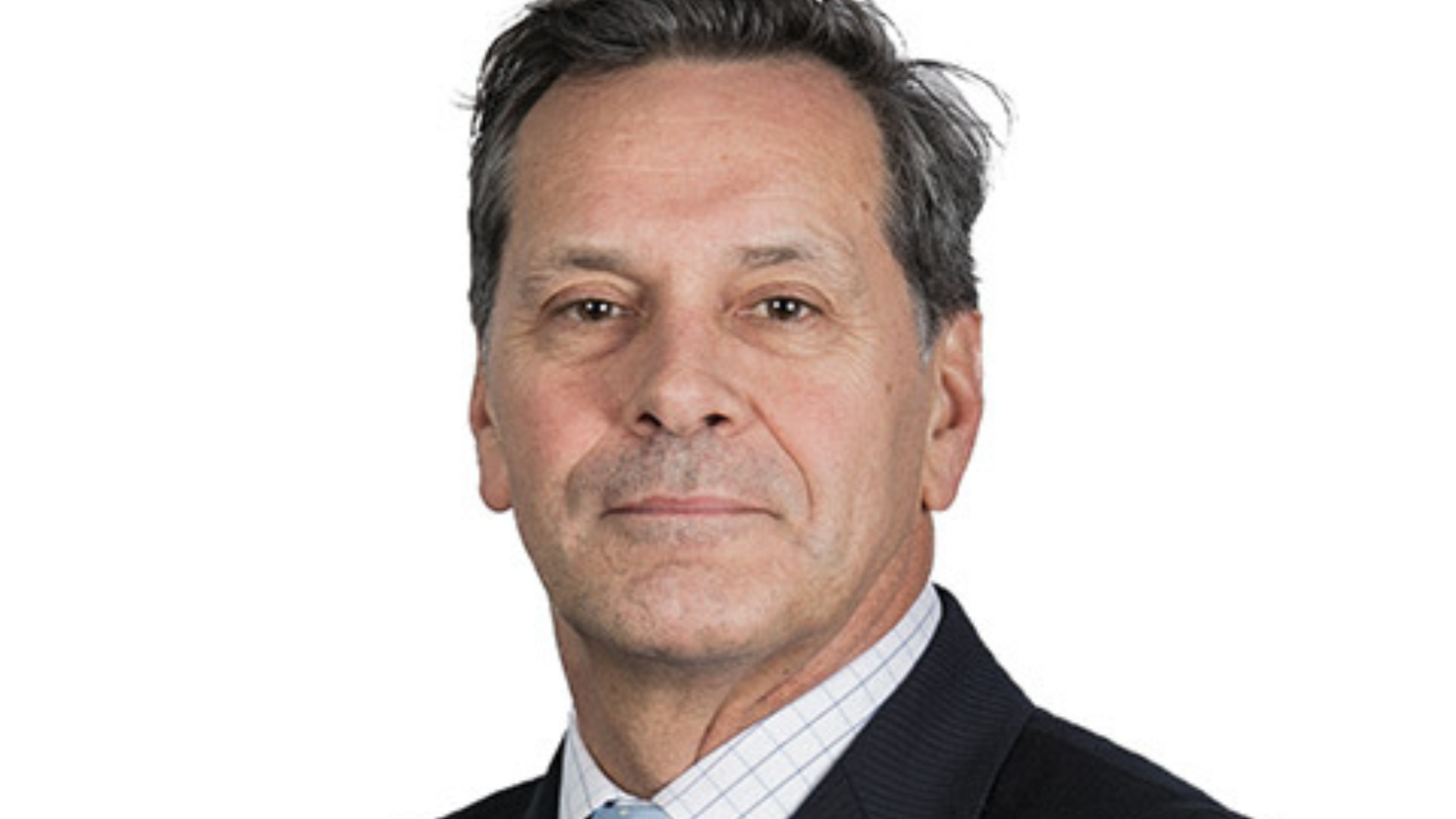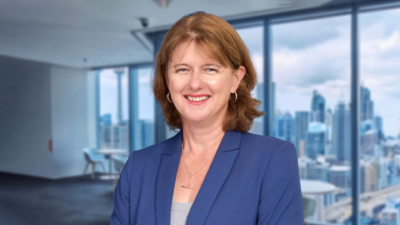How the Danes and Swedes control risk
(Pictured: Bo Knudsen)
As one of the world’s first global managers to offer a concentrated portfolio as its core flagship product, Carnegie Asset Management thinks a lot about portfolio construction. It has had to.
The 24-year-old fund, which makes up 75 per cent of the manager’s assets, has always had a maximum of 30 stocks. Many consultants and big pension funds look to control risk by employing several concentrated managers. After all, if the manager is taking fewer bets there is a lot more pressure on those bets being right.
These days concentrated portfolios are commonplace and super funds have many global concentrated strategies to choose from. But they weren’t in 1990 when Carnegie launched its flagship global equities fund.
The Copenhagen-based manager, which is represented in Australia by BNP Investment Partners, held a series of presentations in Australia last week. Australian-sourced assets already make up about 16 per cent of its total assets of A$17 billion and since BNP took on representation here in November 2012, it has launched a local trust which has about $30 million invested. In fact, Australia ranks number two on Carnegie’s geographic chart of sources of funding, behind continental Europe and ahead of the UK and Canada.
Even though it has just 30 stocks to play with, Carnegie splits its portfolio into two: the lower-risk “stable growth” stocks and the slightly more sizzly “thematic” stocks. Because its style is large or mega-cap biased, emphasizing GARP and quality characteristics, with low turnover to minimize trading costs, the fundamental risks will tend to be much lower than many traditional portfolios over time.
The stable growth portion currently accounts for 37.8 per cent and includes such brand-name stocks as BAT, Nestle, SAP, Visa and Walt Disney.
The thematic portion is currently leaning towards what the managers call “connected lives”, including Facebook, Google, Microsoft, Samsung and Alliance Data Systems. Other themes with lesser weights currently include: “financial recovery”, US housing, emerging markets, energy efficiency, automation and Abenomics. They look at about 40 separate themes at any one time.
Bo Knudsen, the chief executive and portfolio manager, said that emerging markets, to which the fund has a 5.6 per cent weighting, have been a challenged asset class. He points out that while the share of global GDP attributable to emerging markets has risen from les than 20 per cent to almost 40 per cent in the past 20-odd years, the markets companies’ share of corporate earnings (in the MSCI) has risen only from about 10 per cent to 15 per cent. “We think you have to be selective in emerging markets at this stage,” he said.
Carnegie has about 90 employees – “mostly Danes and Swedes,” Knudsen says – and is 20 per cent owned by staff and majority owned by a private equity firm, Altor. It was established in 1986.










